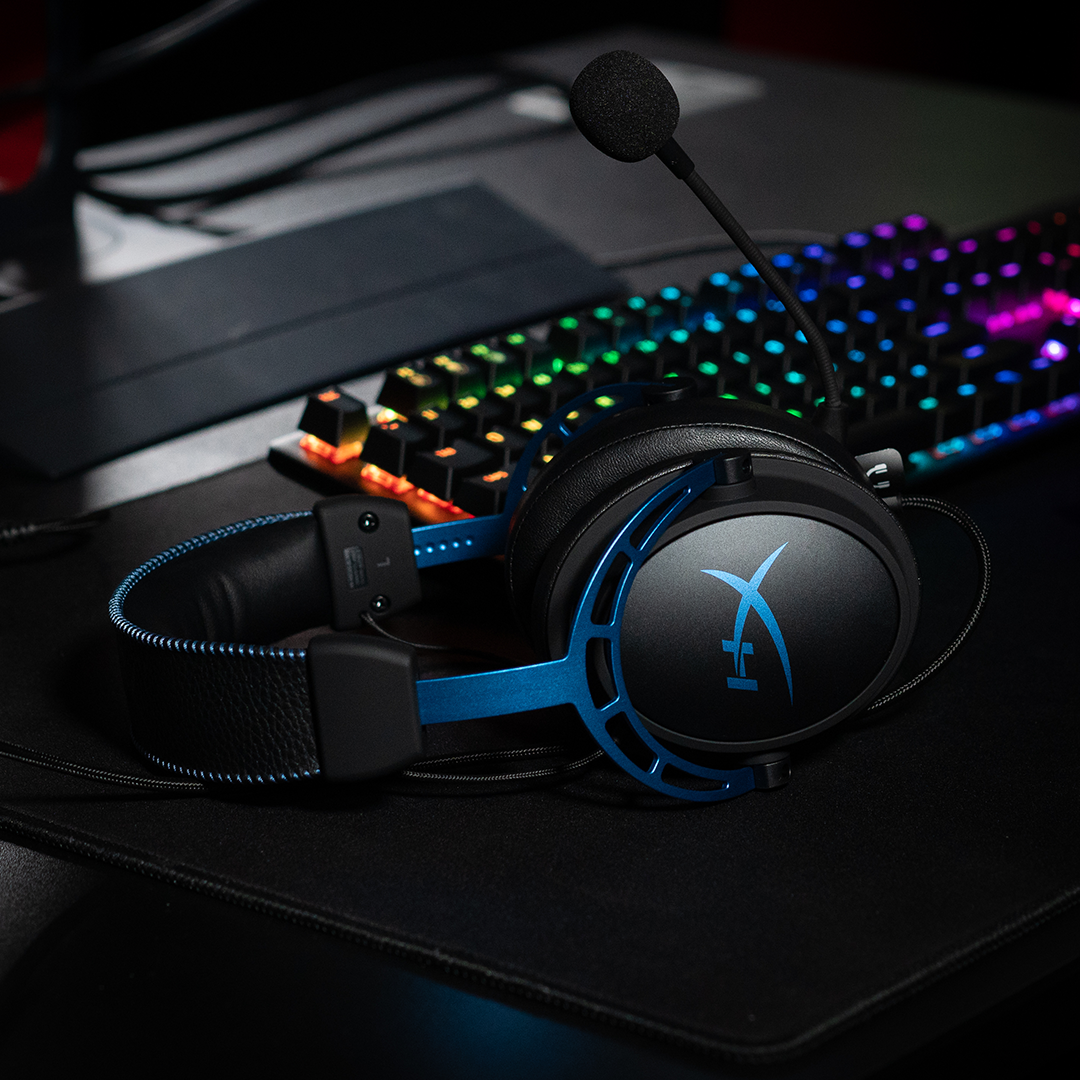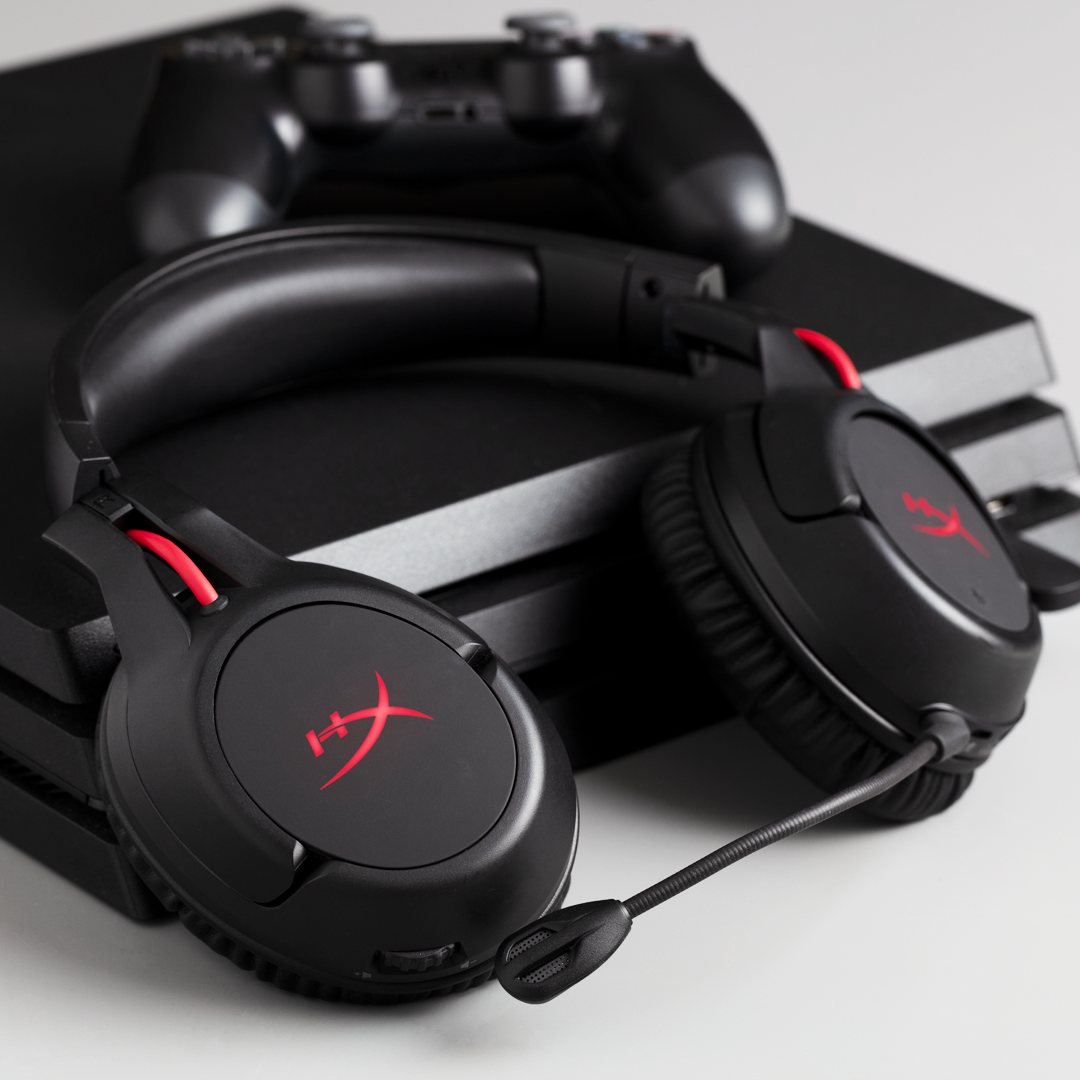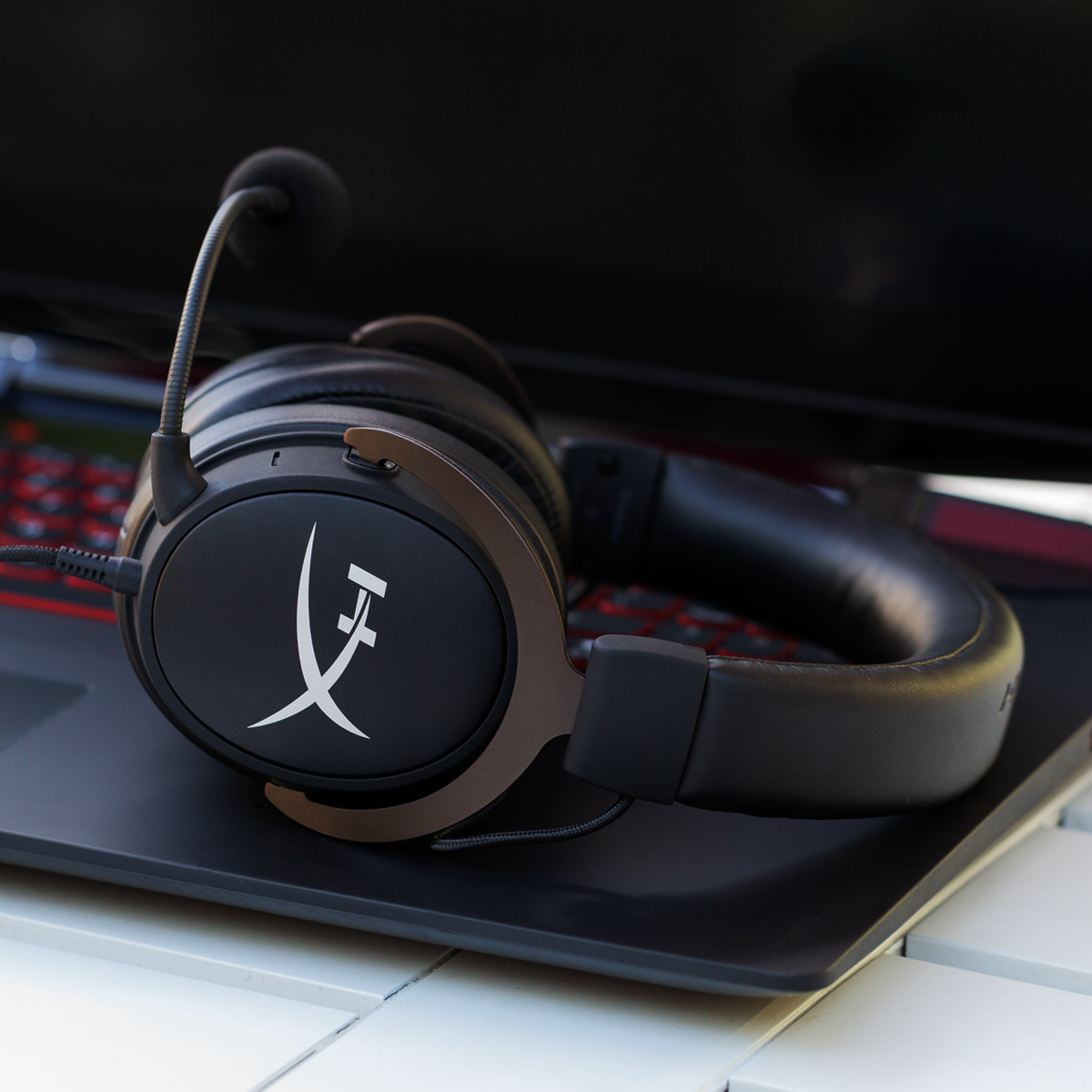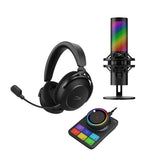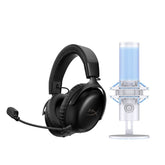The difference between wired, wireless and Bluetooth gaming headsets
Technology is constantly evolving—and so is progress in the area so important to us: gaming gear. But just because a technology is new doesn't mean it's automatically the right one for you. Newer technologies aren't always necessarily better than older ones. Take, for example, the evolution of keyboards. We now have touchscreen keyboards, but few, if any, people would want to replace the feel of mechanical keys with typing on cold glass in their daily work.
And then, of course, there are headsets, where new technologies are entering the market and slightly older technologies are slowly maturing. In this article, we'll focus on choosing between wired, wireless, and Bluetooth headsets. What the differences are, and, more importantly, which headsets are best for you.
Wired headsets
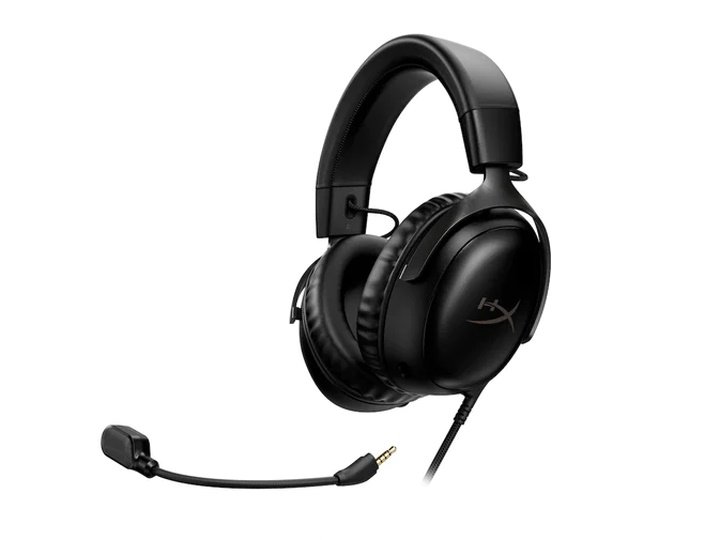
The HyperX Cloud III gaming headset
Wired headsets have proven themselves to be a tried-and-true option. An old saying among engineers goes that the fewer moving parts there are, the fewer things that can break over time. Sometimes a simple solution means greater reliability and ease of use. It's great that you can plug directly into the 3.5 mm jack or USB port of the device you're gaming on and get excellent audio right away. A wired headset like the HyperX Cloud III (compatible with PC, Mac, PS5, PS4, Xbox Series X/S, Xbox One, and Switch) is the ideal choice for those who just want to plug in their headset and start playing. The flexible, all-metal frame is durable enough to withstand travel, twists, and accidents, and the padded memory foam on the headband and earcups keep you comfortable while gaming, no matter where you play.
The frequency range of wired headsets is also better than that of wireless headsets. To ensure wireless data transmission is as fast as possible and reduce audio delay, the sound is sometimes compressed, which may cut off frequencies at the extreme high and low ends of the scale. Wired headsets can generally output a wider range of bass and treble.
The Cloud Alpha S can output frequencies from 13 Hz to 27 kHz, and the Cloud Flight reaches 15 Hz to 23 kHz when wired, but above 2.4 GHz, this range drops to 20 Hz to 20 kHz. For most people, all of these frequency ranges will still sound great, but if you're the kind of audiophile who can hear a pin drop and know exactly what metal it's made of, you'll probably want to indulge your sophisticated senses with a wired headset.
The biggest downside to a wired headset... is the cable. You're tied to the device you're using. Pairing it with wireless controllers or a mobile gaming device makes things a little less claustrophobic. For some people, however, the downsides of wireless options aren't as important as the fact that they never have to trip over a cable.
The HyperX Cloud Alpha S gaming headset
Wireless headsets
Most popular wireless headsets on the market today transmit audio via RF (radio frequency) in the 2.4 GHz frequency band. This frequency band is great for gaming because it offers fairly fast data transfer speeds and a solid transmission range. Additionally, the 2.4 GHz band allows for a robust connection because this frequency band is low enough to penetrate solid objects. So you can go downstairs to get a drink and stretch your legs while you discuss strats and picks in the Overwatch 2 lobby. Maybe you need to feed your cat, but you also want to make sure you don't get so distracted by your cute cat that you end up looking bad in Apex or Fortnite.
HyperX Cloud Flight and other 2.4 GHz wireless headsets give you freedom. While there's a slight delay in transmission time, as radio waves in the air still lose out to electrical impulses over a cable, the standard 1 ms latency at 2.4 GHz is damn close to wired transmission speeds and only slightly reduces the frequency response.
The HyperX Cloud Flight gaming headset
While this wireless technology is robust and reliable, it also requires a transceiver. The Cloud Flight, for example, uses a USB transceiver, which is why it's only compatible with devices that support a USB dongle for wireless audio. If you're a PC, PS4, or PS4 Pro gamer, you're in the right place. If you want to use your Cloud Flight with another device, such as a Nintendo Switch or Xbox One, you'll need to connect the included 3.5mm audio cable to a standard headphone jack. The final drawback of a wireless headset is obvious... the batteries. There needs to be some way to power the headset, and if that's not possible with a cable, then it has to be built in. Thanks to the Cloud Flight's long 30-hour battery life*, this minor drawback is somewhat offset.
So if you're a gamer who values freedom or likes to wander around a bit while gaming, a wireless headset might be right for you.
Bluetooth headsets
The final category we'll look at today is Bluetooth headsets, a variation of wireless headsets that comes with its own advantages and disadvantages. There are still no cables, so you still have the freedom, but Bluetooth's range isn't quite as great as 2.4 GHz wireless headsets. If you only have your phone in your pocket on your commute or don't want to stray too far from your audio source, this is perfect. The main advantage of Bluetooth is that all Bluetooth devices work together without the need for a dongle. Once paired, you can start using anything Bluetooth-compatible and never have to worry about losing a dongle or being tied to a cable.
Now for the downside. While wireless latency has decreased thanks to advances in audio codecs and APIs, Bluetooth is still a step behind 2.4 GHz technology, and the added latency can make Bluetooth gaming a bit confusing at times. The versatile HyperX Cloud MIX offers a solution, with a cable you can plug in when you want to game with Hi-Res audio clarity. When you want to listen to music or go out on the town, you can detach the cable and microphone and use a wireless Bluetooth connection. It's wired for gaming and Bluetooth-enabled for your busy life. Weighing in at 260 g, the Cloud MIX is the perfect game-and-go headset.
The HyperX Cloud MIX gaming headset
The other major disadvantage of a Bluetooth headset is also one of its advantages. Bluetooth devices are easy to connect wirelessly, but without additional effort, they only connect to each other. While any modern Android or iPhone can connect, as can your modern tablet or laptop, smart speaker, or home assistant, you'll encounter problems with some consoles without additional devices.
This concludes our comparison of the advantages of wired vs. wireless 2.4 GHz vs. wireless Bluetooth headsets. Hopefully, this has answered some of your most important questions and helped you feel more confident in choosing the best headset for you.
*Tested at 50% headphone volume and LED off.
___
This article was originally published on May 30, 2023 and featured here on the All Gamers Blog.
About HyperX
HyperX has been developing gaming solutions for all gamers for 19 years, consistently bringing products to market recognized for their premium comfort, aesthetics, performance, and reliability. HyperX gaming headsets, keyboards, mice, USB microphones, and console accessories, with the "WE'RE ALL GAMERS" slogan, are the first choice of everyday gamers, as well as celebrity ambassadors, pro gamers, tech enthusiasts, and overclockers around the world because they meet the most stringent product requirements and are constructed using premium components. For more information, visit www.hyperx.com .
About HP
HP Inc. develops technologies that improve the lives of everyone, everywhere. With our product and service portfolio of personal systems, printers, and 3D printing solutions, we create breathtaking experiences. Learn more about HP Inc. at https://www.hp.com.
# # #
HyperX and the HyperX logo are either registered trademarks or trademarks of HP Inc. in the U.S. and/or other countries. All trademarks and registered trademarks are the property of their respective owners.

